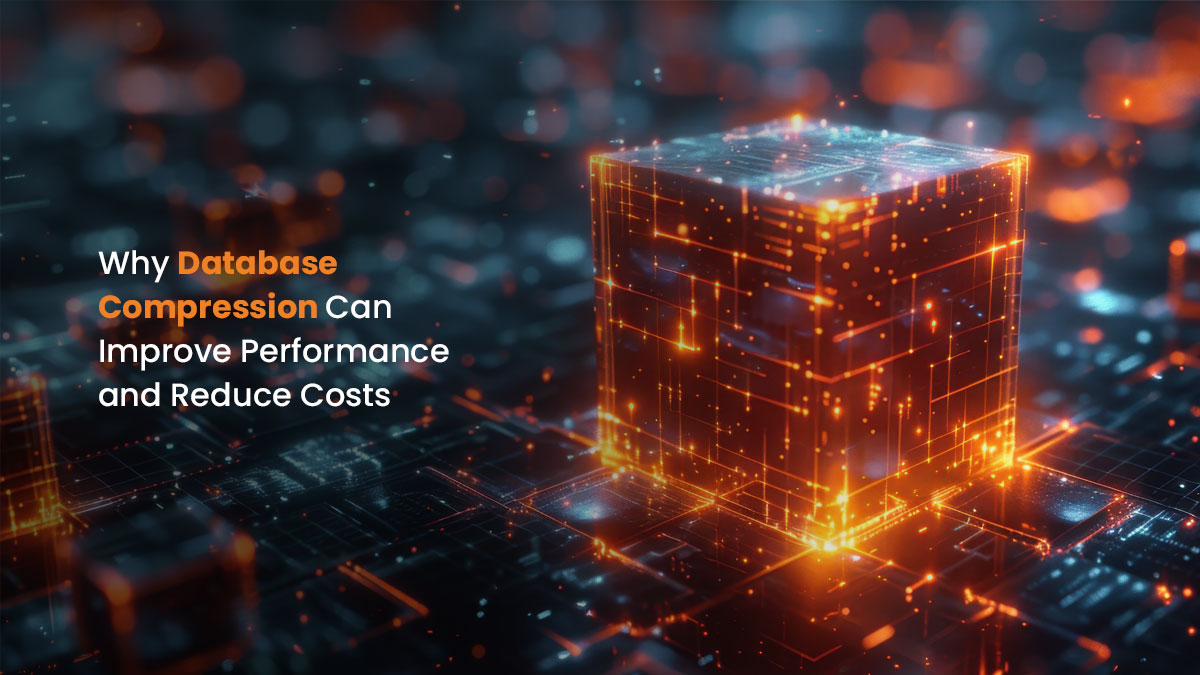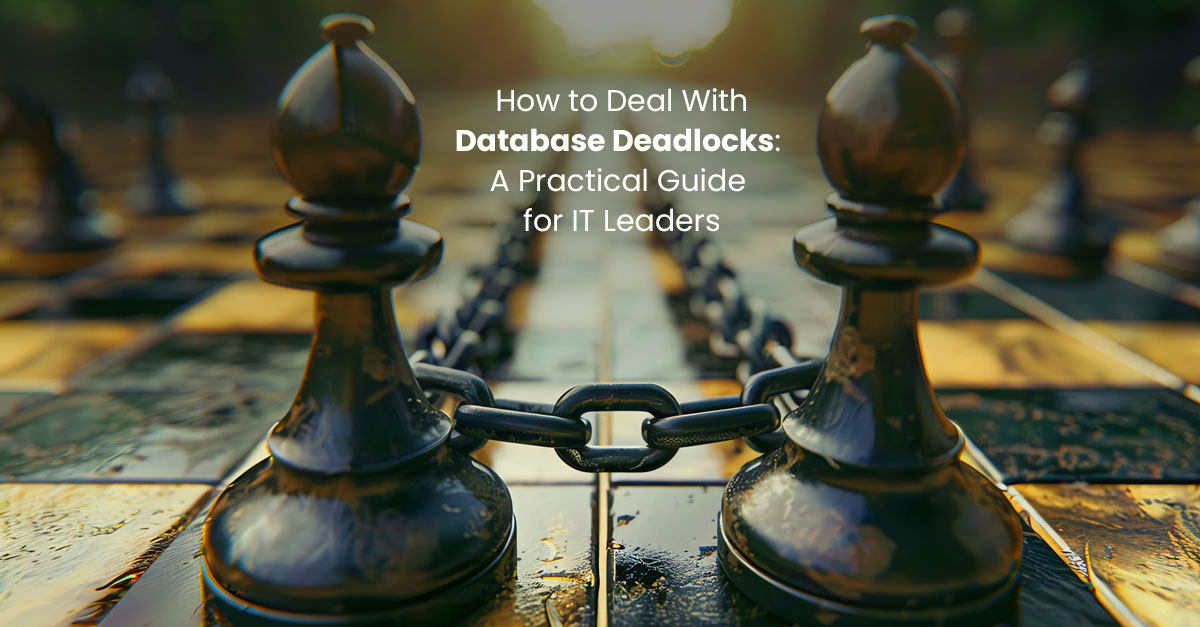Authentication and Authorization: Critical Layers of Access Security
Protecting digital assets begins with securing access to them. But access control is not a one-time configuration. It is a continuously evolving process, shaped by changes in infrastructure, threat models, and user behavior. Among the foundational components of access control are authentication and authorization. These two mechanisms serve distinct purposes in enterprise security and must be implemented correctly. And in coordination to support both compliance and operational efficiency.
Challenges in the Field of Authentication and Authorization
As IT environments grow more distributed and diverse, organizations are faced with increasingly complex questions:
- How much time is lost to repetitive user authentication processes?
- Are current login requirements effectively aligned with real risk levels?
- Does authorization actually enforce least privilege principles post-login?
- How many credentials does an employee manage across systems?
- Are insecure practices (e.g., password reuse, physical notes) being normalized?
These concerns highlight the operational and security impacts of poor access management, including reduced productivity, increased attack surface, and user frustration.
Understanding the Relationship Between Authentication and Authorization
Although authentication and authorization often work together within an access workflow, it’s important to recognize their independent roles and how they interact.
- Authentication systems are responsible for identity assurance, confirming who the user is, typically through credentials and identity providers.
- Authorization systems determine what resources a verified user can access, based on roles, groups, or permissions policies.
While these processes are often linked, they can be handled by:
- Separate tools or services (e.g., Ping Identity for identity, Azure RBAC for resource access)
- A unified identity and access management (IAM) platform (e.g., Okta)
Understanding the separation enables better system design. Particularly when integrating external applications, adopting SSO, or managing federated identities across multiple environments.
Improving Identity and Access Management (IAM) in Practice
Security and usability often seem at odds, but a well-implemented IAM strategy can improve both. Here are two areas where organizations can make significant gains:
1. Reducing the Authentication Burden
Aim to simplify the user experience without compromising security. Strategies include:
- Centralizing authentication through identity federation or SSO
- Adopting context-aware authentication (e.g., location, device, or time of day)
Key challenges:
- Selecting platforms that integrate well across all enterprise applications
- Managing onboarding users and applications
- Managing user experience and training
2. Strengthening Authorization Management
Permissions are often configured once and rarely revisited. However, outdated or over-permissive access is a common risk vector.
To address this:
- Perform regular access reviews to ensure permissions align with actual job functions
- Use tools to identify and clean up unused or excessive access
- Consider time-bound or just-in-time access for sensitive resources
These practices help enforce least privilege and improve audit readiness.
A Note on Implementation of Authentication and Authorization
Every organization’s access needs are different. Implementing or improving authentication and authorization systems often requires balancing technical feasibility, user adoption, and compliance requirements.
At Nova DBA, we have specialists who work with identity, access, and governance tools across varied environments. If you’re considering refining your current setup, exploring centralized IAM, or implementing automated reviews, our team is available to support you from assessment to implementation if and when you need it.
More articles that might interest you

Why Database Compression Can Improve Performance and Reduce Costs
How data compression works and when to implement it We’ve watched storage bills climb, and query times drag as data… Read More
The Modern DBA: Evolving to Stay Relevant
When I started in IT over 30 years ago, being a DBA was a very different job. You were the… Read More
